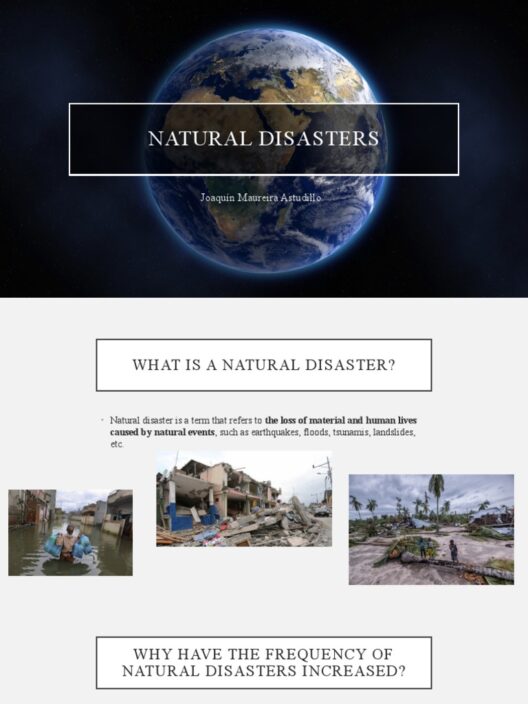Kinetic energy, a pivotal concept in the realm of physics, plays a crucial role in understanding the dynamics of collisions. A common observation in mechanics is the behavior of objects during collisions, particularly the distinction between elastic and inelastic collisions. Among these, completely inelastic collisions present an intriguing case where kinetic energy is not conserved, paving the way for deeper insights into energy transformation and conservation principles.
At its core, a completely inelastic collision occurs when two colliding objects stick together post-collision, moving as a singular entity. This sticking together signifies a significant transformation of energy. In elastic collisions, kinetic energy is preserved, and the objects rebound away from one another. Conversely, during a completely inelastic collision, some kinetic energy is transformed into other forms of energy, such as thermal energy or sound, resulting in a net loss of kinetic energy in the system.
The mechanics behind this transformation can be elucidated through the principle of conservation of momentum, which holds true in all types of collisions. Momentum, defined as the product of mass and velocity, remains conserved in a closed system, regardless of whether kinetic energy is conserved or not. The equation for momentum conservation in a two-body system can be expressed as:
m₁u₁ + m₂u₂ = (m₁ + m₂)v
In this equation, m₁ and m₂ represent the masses of the colliding objects, while u₁ and u₂ are their respective initial velocities. The final velocity v pertains to the combined mass after the collision. This affirms that while momentum is conserved, the kinetic energy of the system experiences a decrement, leading to the compelling question: why does this occur?
To unravel this, it is essential to delve into the nature of forces at play during a collision. When two objects collide elastically, they exert forces upon each other that allow them to conserve their kinetic energy. The deformation of the objects is minimal, and thus, they can rebound without significant energy loss. However, in completely inelastic collisions, the objects experience substantial deformation or even crumpling. This deformation results in energy dissipating in various forms—much of it becoming internal energy due to the heat generated during the collision.
The consequences of such energy transformation extend beyond mere physics. The observation that kinetic energy is not conserved during completely inelastic collisions resonates with broader phenomena in the natural world, such as in car crashes or wildlife collisions, where energy dissipates and leads to injuries or fatalities. The implications of energy transformation speak to the importance of understanding the dynamics involved, particularly in settings where safety is paramount.
Another dimension to consider is the efficiency of energy transfer within the collision context. Although completely inelastic collisions exhibit a loss of kinetic energy, they facilitate a certain degree of energy transfer that can be analyzed through various scientific frameworks. The energy lost is not annihilated; rather, it morphs into other forms, hinting at the interconnectedness of energy types within physical systems. This principle aligns with the broader laws of thermodynamics which govern energy conservation and transformation across all domains of science.
Moreover, the fascination with completely inelastic collisions can also be traced back to their role in enabling real-world applications. For instance, engineers design safety systems in vehicles to harness the principles demonstrated in these collisions. Crumple zones in cars intentionally allow deformation during an impact, dissipating energy that would otherwise be transmitted to the occupants. By curating controlled inelastic collisions, the risk of injury can be mitigated, underscoring the practical significance of understanding kinetic energy conservation principles.
The study of completely inelastic collisions doesn’t just reside in theoretical physics; it interlaces with various scientific discourses, including materials science and safety engineering. The explorations into how materials behave upon impact contribute to advancements in technology that help reduce risks in everyday scenarios. Detailed modeling of these collisions can yield insights into material durability and resilience, leading to the development of superior materials and safety designs.
In stark contrast to elastic collisions, where kinetic energy is retained for potential subsequent motion, completely inelastic collisions exhibit a quintessential reality of our physical universe: the irreversible nature of energy transformation. The irreversible aspect reflects a deeper philosophical notion about the passage of time and the evolution of systems towards equilibrium states. The energy lost in completely inelastic collisions cannot simply be reclaimed; rather, it represents a transition to a new state, which can be likened to broader themes in nature that emphasize decay, transformation, and renewal.
In conclusion, the inquiry into whether kinetic energy is conserved in completely inelastic collisions reveals complex interactions between momentum, energy transformation, and the implications for safety and technology. While kinetic energy diminishes in completely inelastic collisions, the law of conservation of momentum prevails. The observable phenomenon invites further exploration into the broader principles of physics and their applications, underscoring the inherent intricacies of energy within our universe. Thus, completely inelastic collisions serve not only as a captivating subject of study within mechanics but also as a critical lens through which to understand the principles of conservation and transformation that pervade our world.








